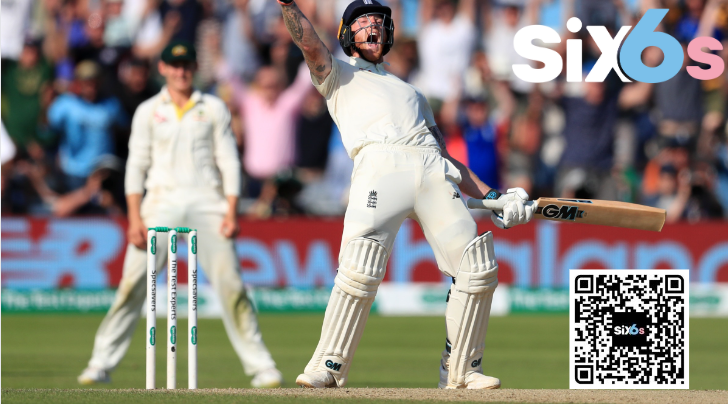Learn about the fascinating rules of Test cricket and discover how many overs can be bowled in a single day during a Test match. Dive into the intricacies of this beloved format of the sport.

Cricket, a sport rich in traditions and intricacies, has captivated fans for centuries. Among its various formats, Test cricket stands out as the ultimate test of skill and endurance. Have you ever wondered how many overs can be bowled in a single day during a Test match? Let’s explore the fascinating rules and regulations governing the length of a day’s play in this prestigious format.
An Introduction to Test Cricket
The Pinnacle of Cricket
Test cricket, often referred to as the purest form of the game, is a format steeped in history and tradition. It is a battle of attrition that can last up to five days, with each team having the opportunity to bat and bowl twice. Unlike limited-overs formats, Test cricket places a premium on patience, strategy, and stamina.
A Day’s Play in Test Cricket
In Test cricket, a day’s play typically consists of a set number of hours during which the two competing teams take turns to bat and bowl. The day is divided into three sessions: the morning session, the afternoon session, and the evening session. However, the number of overs that can be bowled in a day varies depending on several factors.
The Maximum Number of Overs in a Day: Regulation
Regulation 16.2.1
According to the laws of cricket, specifically Regulation 16.2.1, during a Test match, a minimum of 90 overs must be bowled in a day. This regulation ensures that there is a substantial amount of cricketing action for the spectators and teams to enjoy.
Adjustments for Lost Time
In the event of interruptions due to factors like rain or bad light, the regulations allow for the overs to be adjusted. If time is lost during the day due to unfavorable conditions, the umpires may decide to extend the play beyond the scheduled finish time to ensure that the minimum number of overs is bowled.
Extended Play: Making Up for Lost Overs
Regulation 16.2.3
Regulation 16.2.3 of the Laws of Cricket addresses the scenario where time is lost during a day’s play. It states that if fewer than 90 overs are bowled on any of the first four days of a Test match, the remaining overs can be carried over to the following day(s).
This regulation allows for the possibility of extending the play into a reserve day or even beyond to make up for lost overs. The aim is to ensure that both teams have a fair opportunity to bat and bowl.
Conclusion: The Complexity of Test Cricket
In the world of cricket, Test matches are a true test of skill, patience, and endurance. The maximum number of overs that can be bowled in a day in a Test match is governed by regulations set by the International Cricket Council (ICC) and is designed to ensure a fair and equitable contest between bat and ball.
In conclusion, Test cricket remains a jewel in the crown of the cricketing world, and understanding its rules and intricacies only deepens the appreciation for this timeless and enduring sport.
Subcategories:
- Test Cricket Rules
- Overs in Test Cricket
- Laws of Cricket
- Cricket Regulations
- Test Match Traditions
